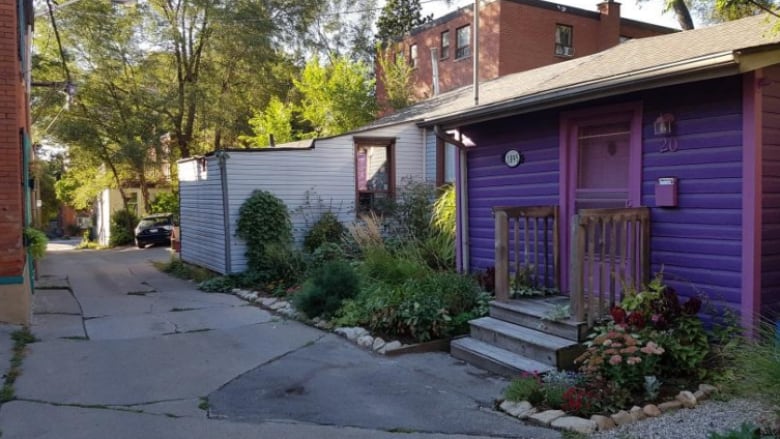Can laneway homes be a housing solution? Hamilton takes stock
Some of Hamilton's 818 laneways might be a source of affordable housing

There are about 70 laneway homes in Hamilton, and new report going to the Public Works committee Tuesday explores whether it makes sense to encourage more as a way to increase affordableand sustainable housing options.
There are currently 818 lanewaysin Hamilton that stretch over 100-kilometres.
Laneways...have the potential to fulfil future needs as growth becomes more focused within existing established neighbourhoods.- Public Works report
Butthere areonly around 70known laneway homes in existence. These homes wereoriginally built as outbuildings or carriage houses, but have since been adapted to accommodatesecond residences.
Around 82 per cent of the lanewaysare city-ownedand are primarily located in the lower city between Burlington Street, ParkdaleAvenue, the Niagara Escarpment and Dundurn Street.
- Why laneway homes are a tough sell in some cities
- Laneway houses: the future of affordable urban living?
But the reportsays there ispotential for morelanewayhomes which they describe asa small, detached home located at the centre of the block and fronting alanewayin Hamilton because over 15,000 homes are located onlanewaysand the majority are residential units.
Ward 3 has the most laneways in the city.
According to the report, increasing the number of laneway homes in the city would help to offer more affordable housing options while helping itkeepup with its growing population and cutting costs of construction, because these types of homes are typically less expensive to build.
"Lanewayscontinue to serve many functions and have the potential to fulfil future needs as growth becomes more focused within existing established neighbourhoods," says the report.
The report cautions there are practical, policy and legal issues to overcome. Right now, city zoning does not actually permit laneway housing, but higher level polices that push intensification are supportive of the idea.
Laneways also often serve as local transportation networks for neighbourhoods.
"Beyond housing, laneways may offer the opportunity for multi-modal transportation options bike and walking trails. More creative uses, such as space for community needs are also possible," it says.












_(720p).jpg)


 OFFICIAL HD MUSIC VIDEO.jpg)
.jpg)



























































































